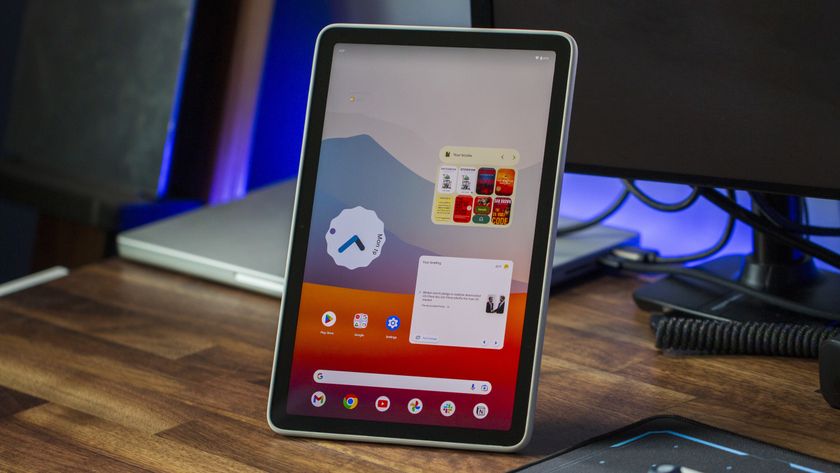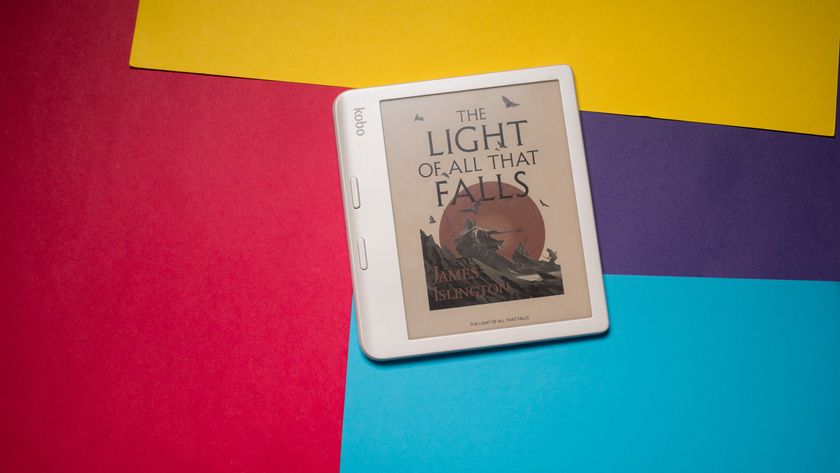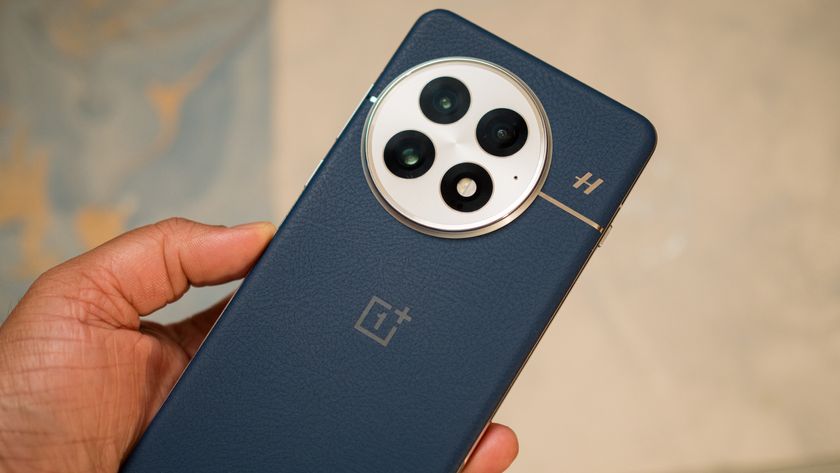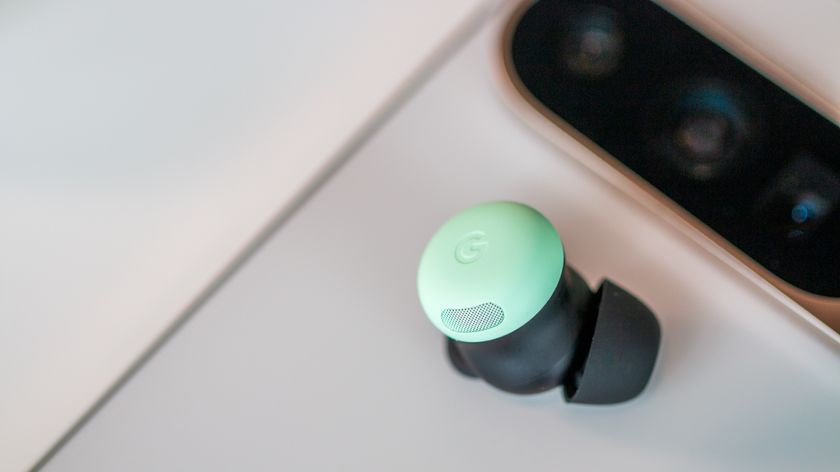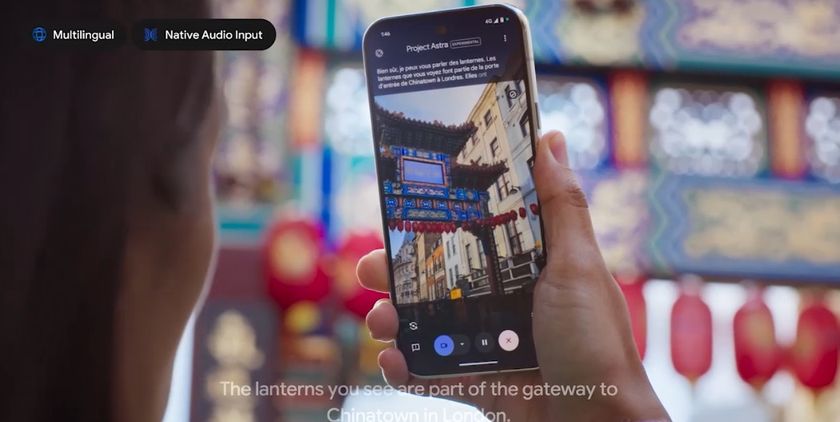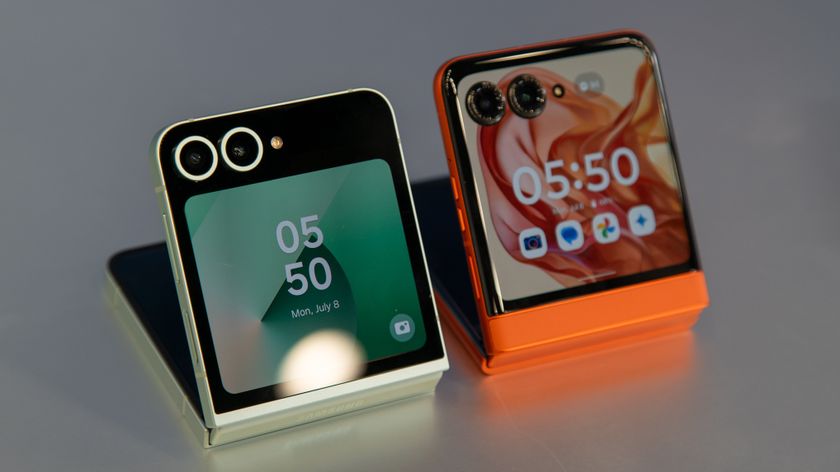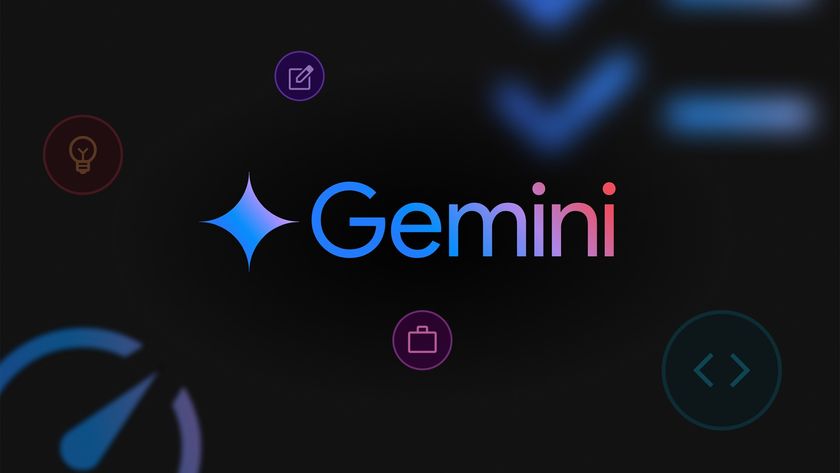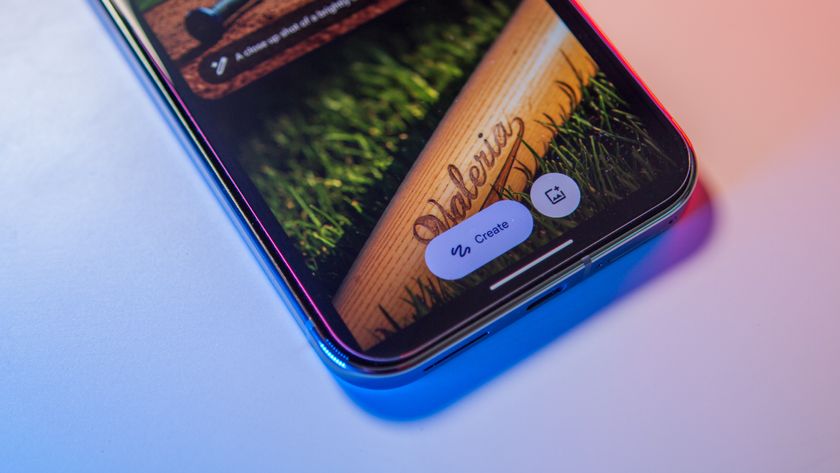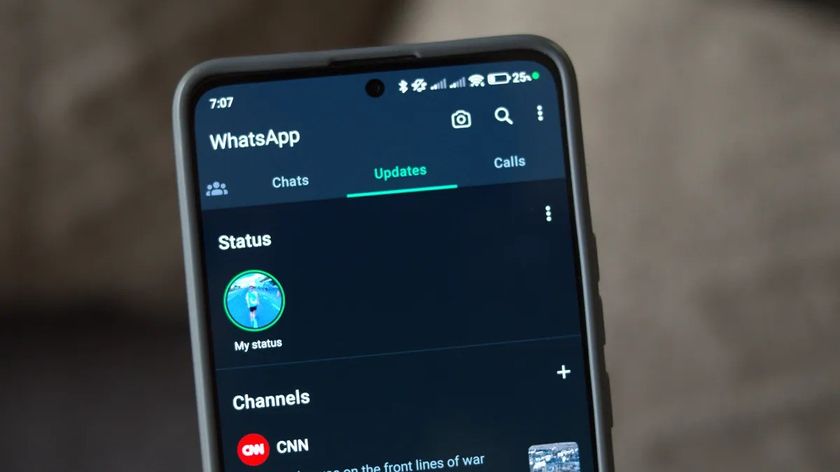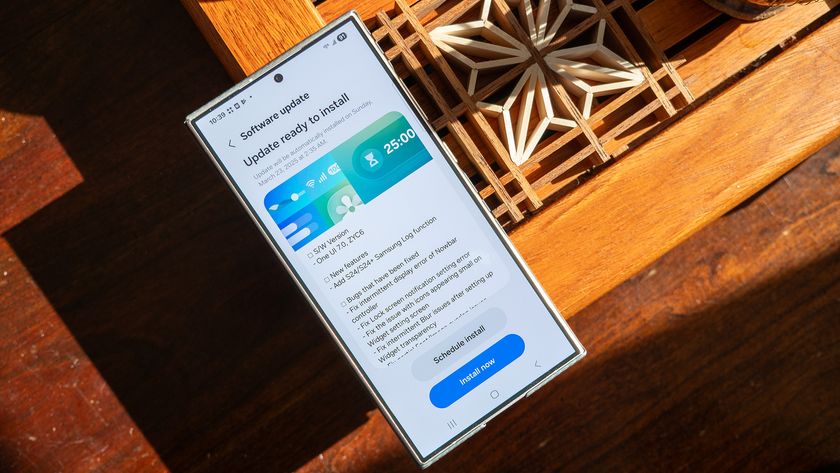Corning promises flexible displays with its new Willow Glass technology

Corning today introduced its newest display technology, a thin and flexible surface its calling "Willow Glass." The glass maker says that its latest design will support thinner backplates and color filters for OLED and LED technologies, but most importantly it will be flexible, enabling curved displays for smartphones, tablets, and notebooks. Corning, the makers of the popular and durable Gorilla Glass, is using a fusion process to shrink the thickness of its glass down to that of a sheet of paper, which also translates to high performance under high temperatures. What does all the gibberish mean? Well, for Android, it means more options for phone displays, and more curved screens à la what we've seen most recently on the Galaxy Nexus. While phones that mold to the shape of your hand are probably still a way's away, Corning is making sure that its glass is ready for evolving technologies. The full presser can be found after the break.
Source: Corning
Corning Launches Ultra-Slim Flexible Glass
Corning® Willow™ Glass will help enable new, thinner applications
and could revolutionize display manufacturing
CORNING, N.Y., June 4, 2012 -- Corning Incorporated (NYSE: GLW) announced the launch of Corning® Willow™ Glass, an ultra-slim flexible glass, which could revolutionize the shape and form of next-generation consumer electronic technologies. The company made the announcement today at the Society for Information Display’s Display Week, an industry tradeshow in Boston.
Corning Willow Glass will help enable thin, light and cost-efficient applications including today’s slim displays and the smart surfaces of the future. The thinness, strength, and flexibility of the glass has the potential to enable displays to be “wrapped” around a device or structure. As well, Corning Willow Glass can be processed at temperatures up to 500° C. High temperature processing capability is essential for today’s high-end displays, and is a processing condition that cannot be supported with polymer films. Corning Willow Glass will enable the industry to pursue high-temperature, continuous “roll-to-roll” processes – similar to how newsprint is produced – that have been impossible until now.
It will support thinner backplanes and color filters for both organic light emitting diodes (OLED) and liquid crystal displays (LCD) in high-performance, portable devices such as smartphones, tablets, and notebook computers. This new, ultra-slim flexible glass will also help develop conformable (curved) displays for immersive viewing or mounting on non-flat surfaces.
Be an expert in 5 minutes
Get the latest news from Android Central, your trusted companion in the world of Android
Corning Willow Glass is formulated to perform exceptionally well for electronic components such as touch sensors, as well as leveraging glass’s natural hermetic properties as a seal for OLED displays and other moisture and oxygen-sensitive technologies.
“Displays become more pervasive each day and manufacturers strive to make both portable devices and larger displays thinner. Corning Willow Glass provides the substrate performance to maintain device quality in a thin and light form factor,” said Dr. Dipak Chowdhury, division vice president and Willow Glass program director. “Currently manufacturing in a sheet-to-sheet process, we expect Corning Willow Glass to eventually allow customers to switch to high-throughput, efficient roll-to-roll processing, a long-awaited industry milestone.”
Like Corning’s other leading-edge glass substrates, including EAGLE XG® Slim and Corning LotusTM Glass, Corning Willow Glass is produced using the company’s proprietary fusion process. Advances in fusion forming have made it possible to produce glass that is 100 microns thick – about the thickness of a sheet of copy paper. Even at that thickness, it provides hermetic sealing to sensitive components, while also providing excellent optical, thermal, and surface properties.
Corning is currently shipping samples of its Willow Glass to customers developing new display and touch applications. The company is also collaborating with research institutions, customers, and equipment makers to develop an ecosystem of compatible process equipment, including optimized process design.
Although initially being launched as an advanced display substrate, Corning is actively working on other potential applications for its Willow Glass, including use in lighting and flexible solar cells.
“Corning will continue to develop and improve innovative glass products to enable the high-performance, game-changing displays that will drive tomorrow’s increasingly diverse electronics markets,” Chowdhury said.
For more information, please see www.corning.com/WILLOW.
Forward-Looking and Cautionary Statements
This press release contains “forward-looking statements” (within the meaning of the Private Securities Litigation Reform Act of 1995), which are based on current expectations and assumptions about Corning’s financial results and business operations, that involve substantial risks and uncertainties that could cause actual results to differ materially. These risks and uncertainties include: the effect of global political, economic and business conditions; conditions in the financial and credit markets; currency fluctuations; tax rates; product demand and industry capacity; competition; reliance on a concentrated customer base; manufacturing efficiencies; cost reductions; availability of critical components and materials; new product commercialization; pricing fluctuations and changes in the mix of sales between premium and non-premium products; new plant start-up or restructuring costs; possible disruption in commercial activities due to terrorist activity, armed conflict, political or financial instability, natural disasters, adverse weather conditions, or major health concerns; adequacy of insurance; equity company activities; acquisition and divestiture activities; the level of excess or obsolete inventory; the rate of technology change; the ability to enforce patents; product and components performance issues; retention of key personnel; stock price fluctuations; and adverse litigation or regulatory developments. These and other risk factors are detailed in Corning’s filings with the Securities and Exchange Commission. Forward-looking statements speak only as of the day that they are made, and Corning undertakes no obligation to update them in light of new information or future events.
About Corning Incorporated
Corning Incorporated (www.corning.com) is the world leader in specialty glass and ceramics. Drawing on more than 160 years of materials science and process engineering knowledge, Corning creates and makes keystone components that enable high-technology systems for consumer electronics, mobile emissions control, telecommunications and life sciences. Our products include glass substrates for LCD televisions, computer monitors and laptops; ceramic substrates and filters for mobile emission control systems; optical fiber, cable, hardware & equipment for telecommunications networks; optical biosensors for drug discovery; and other advanced optics and specialty glass solutions for a number of industries including semiconductor, aerospace, defense, astronomy, and metrology.

